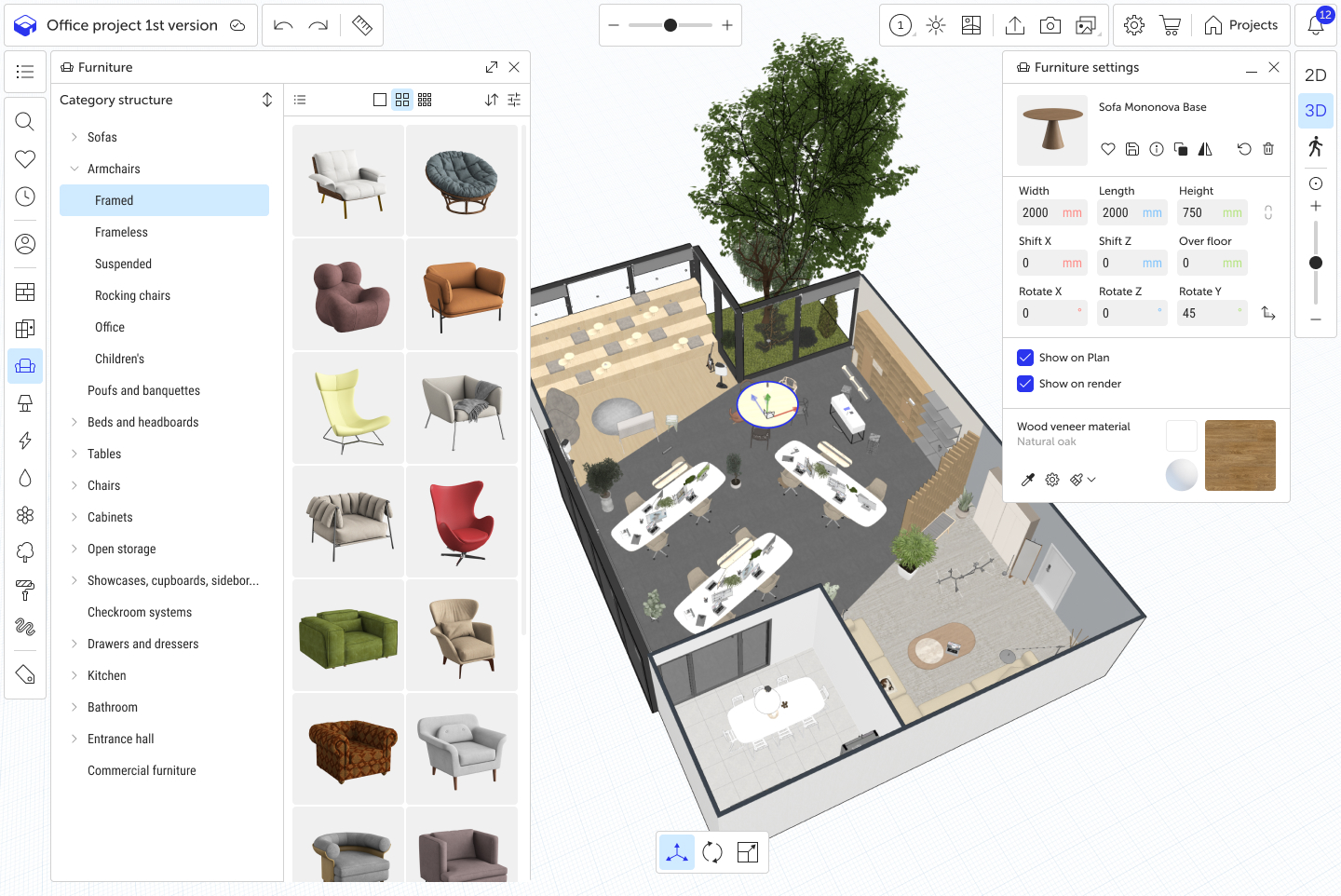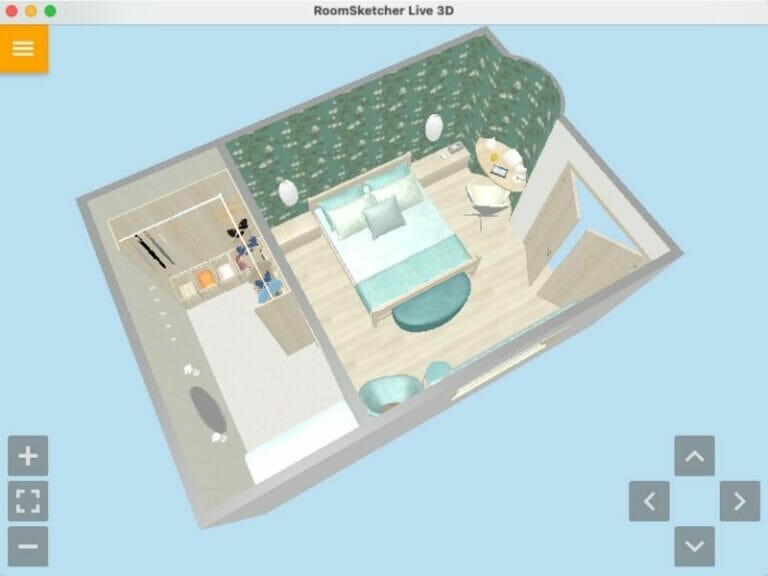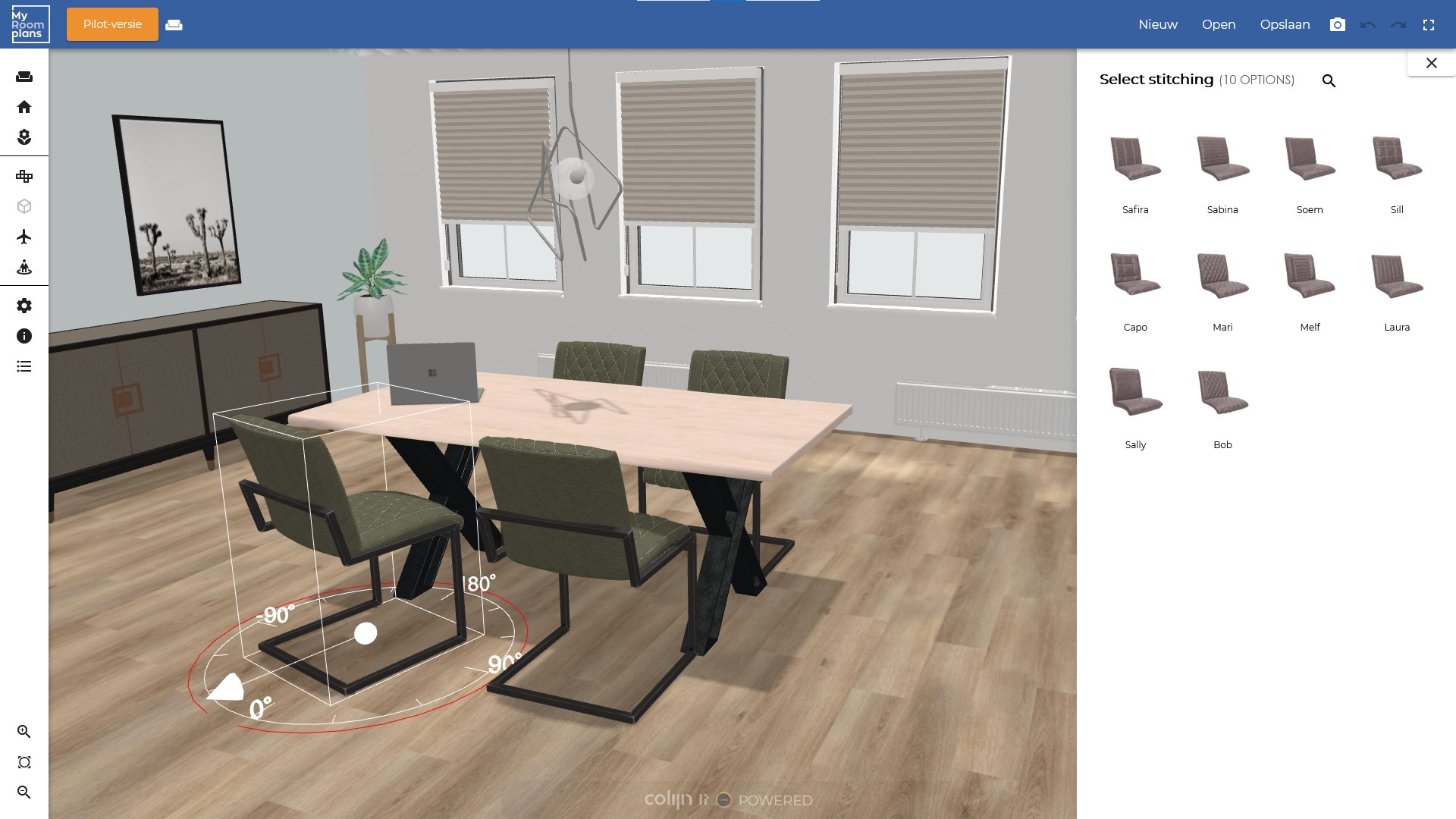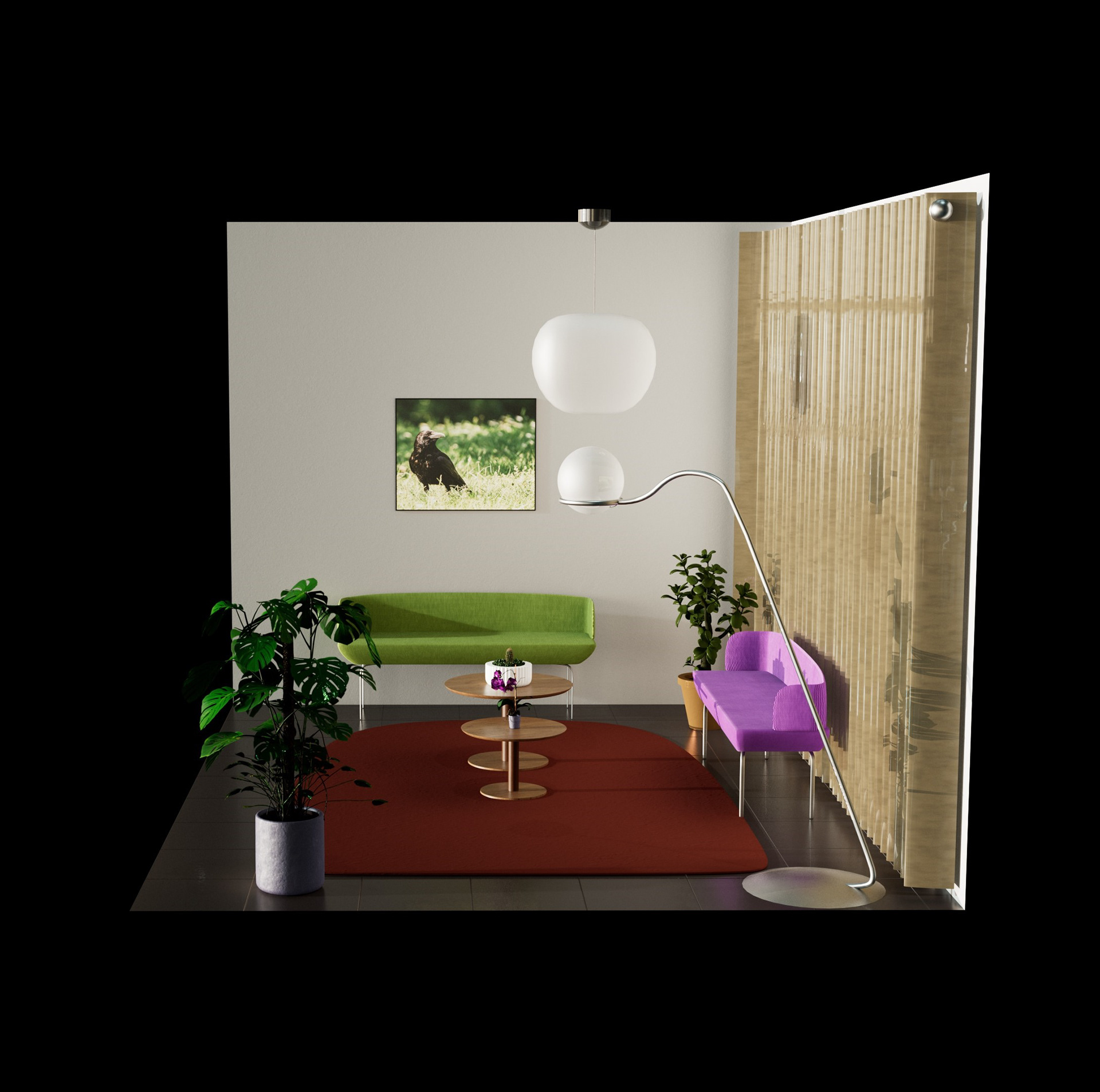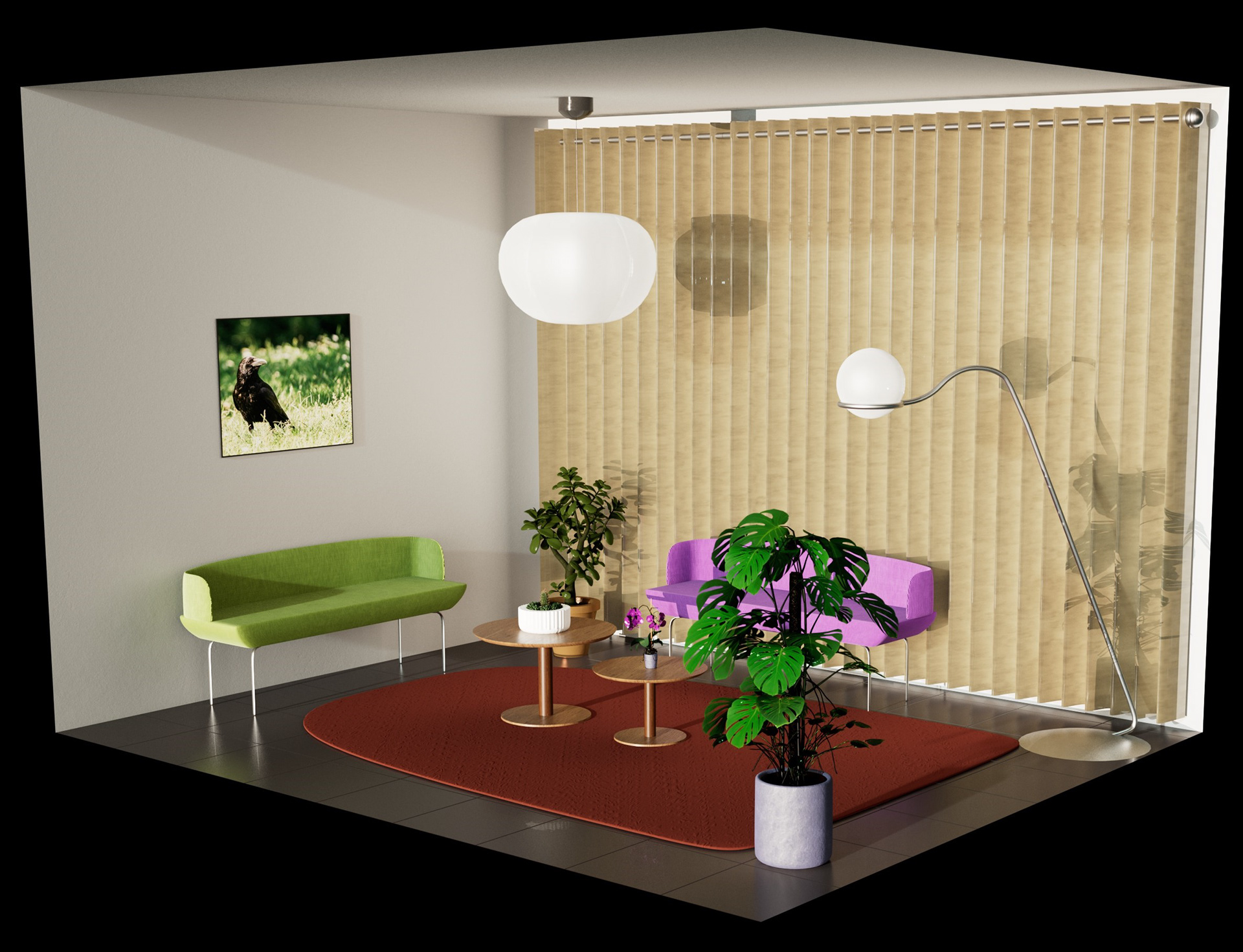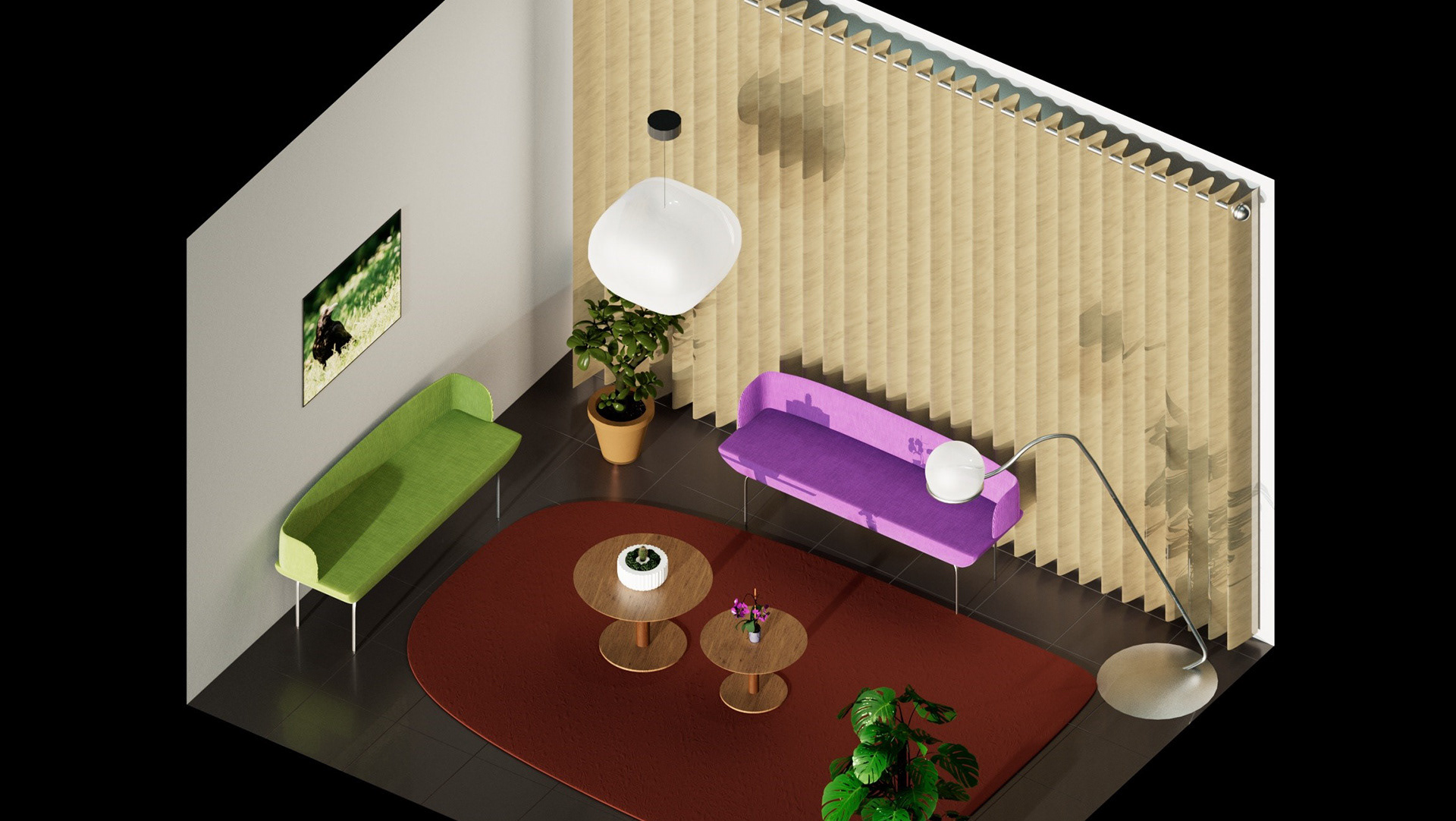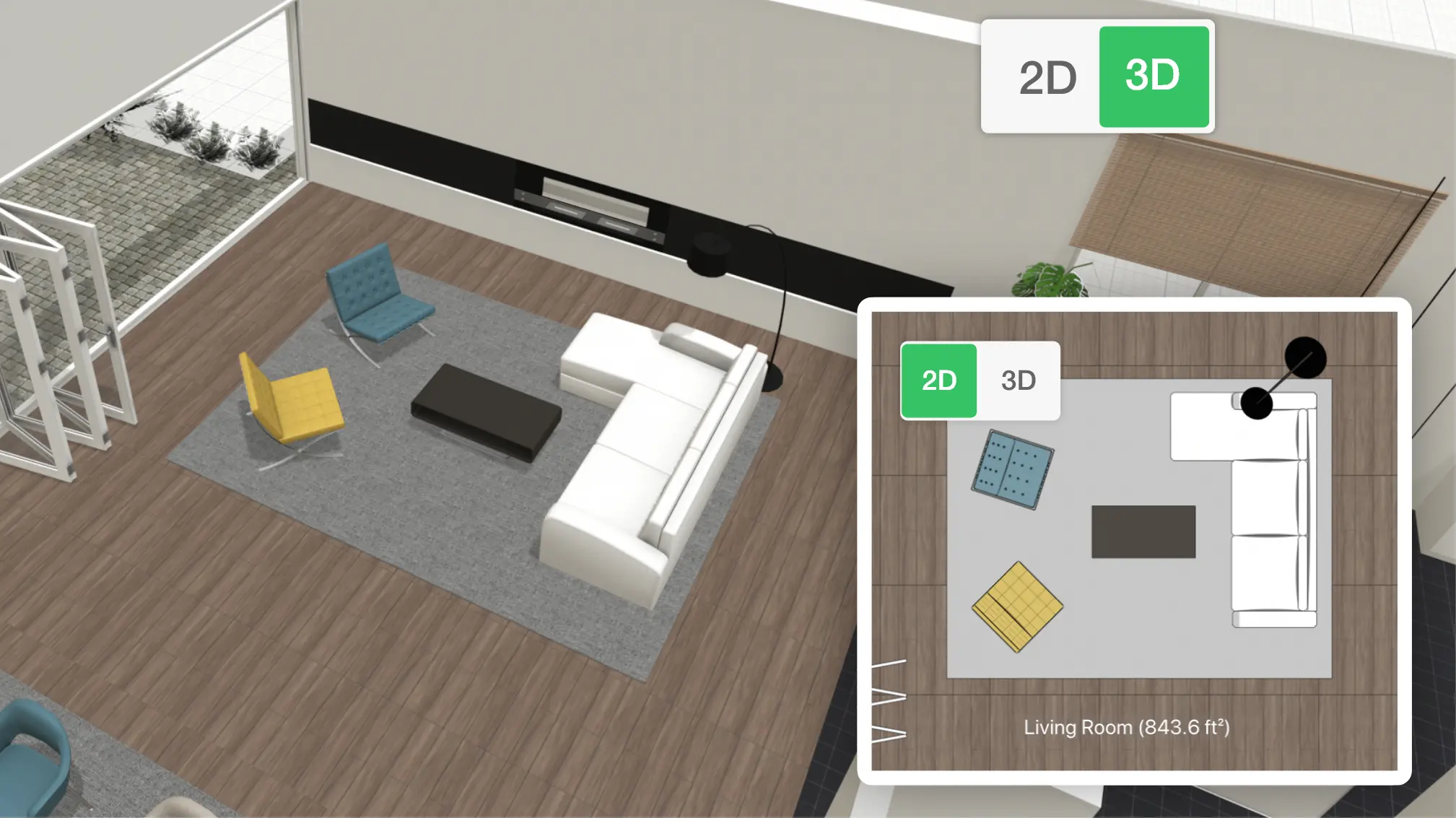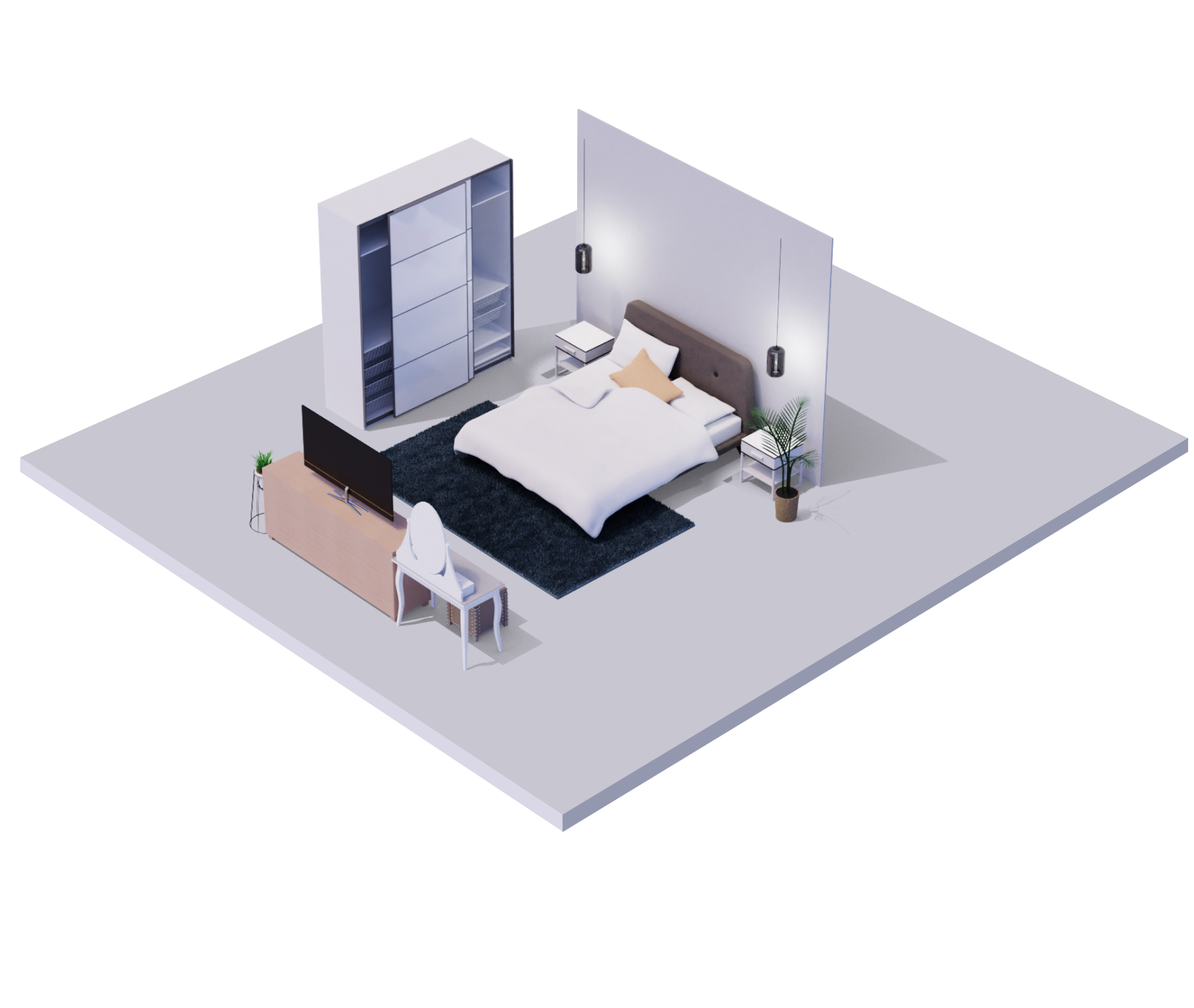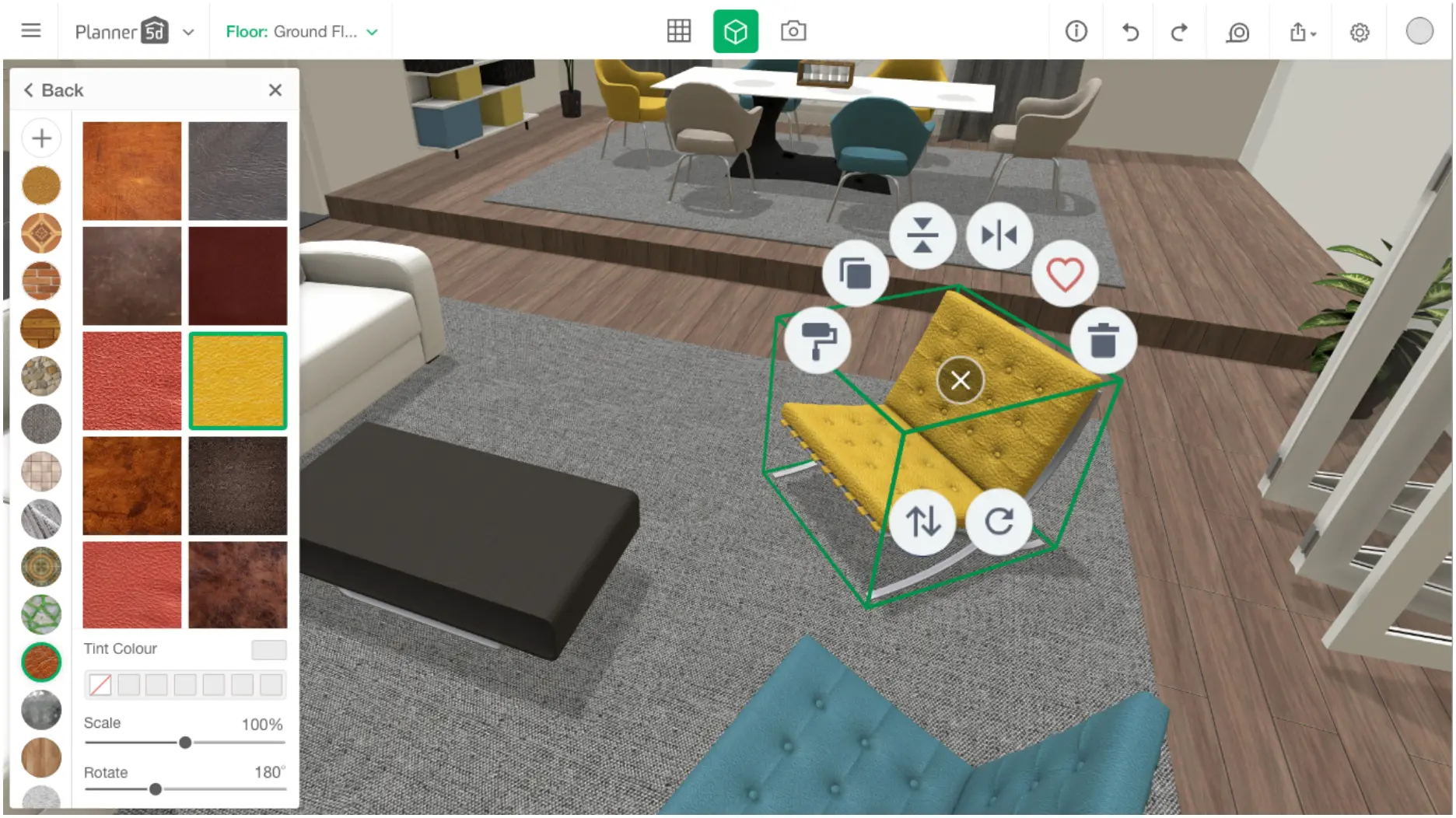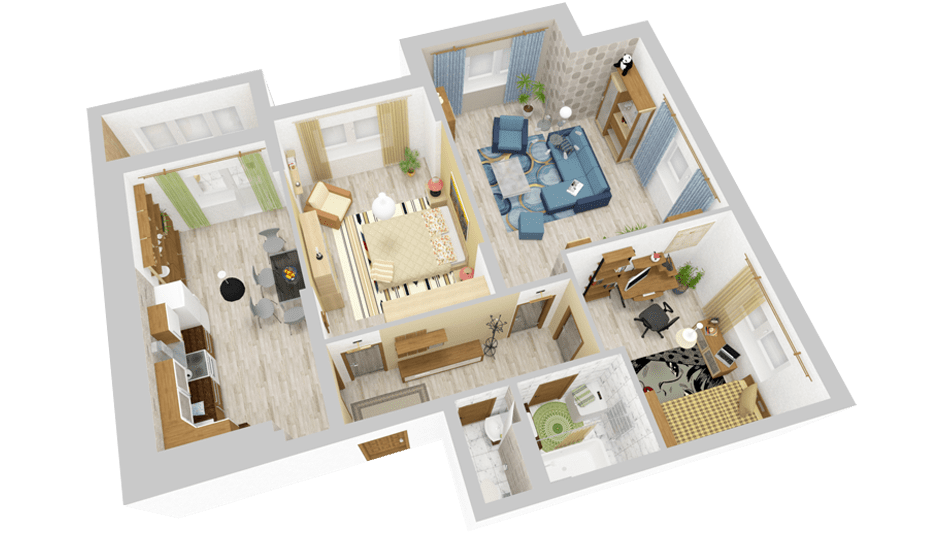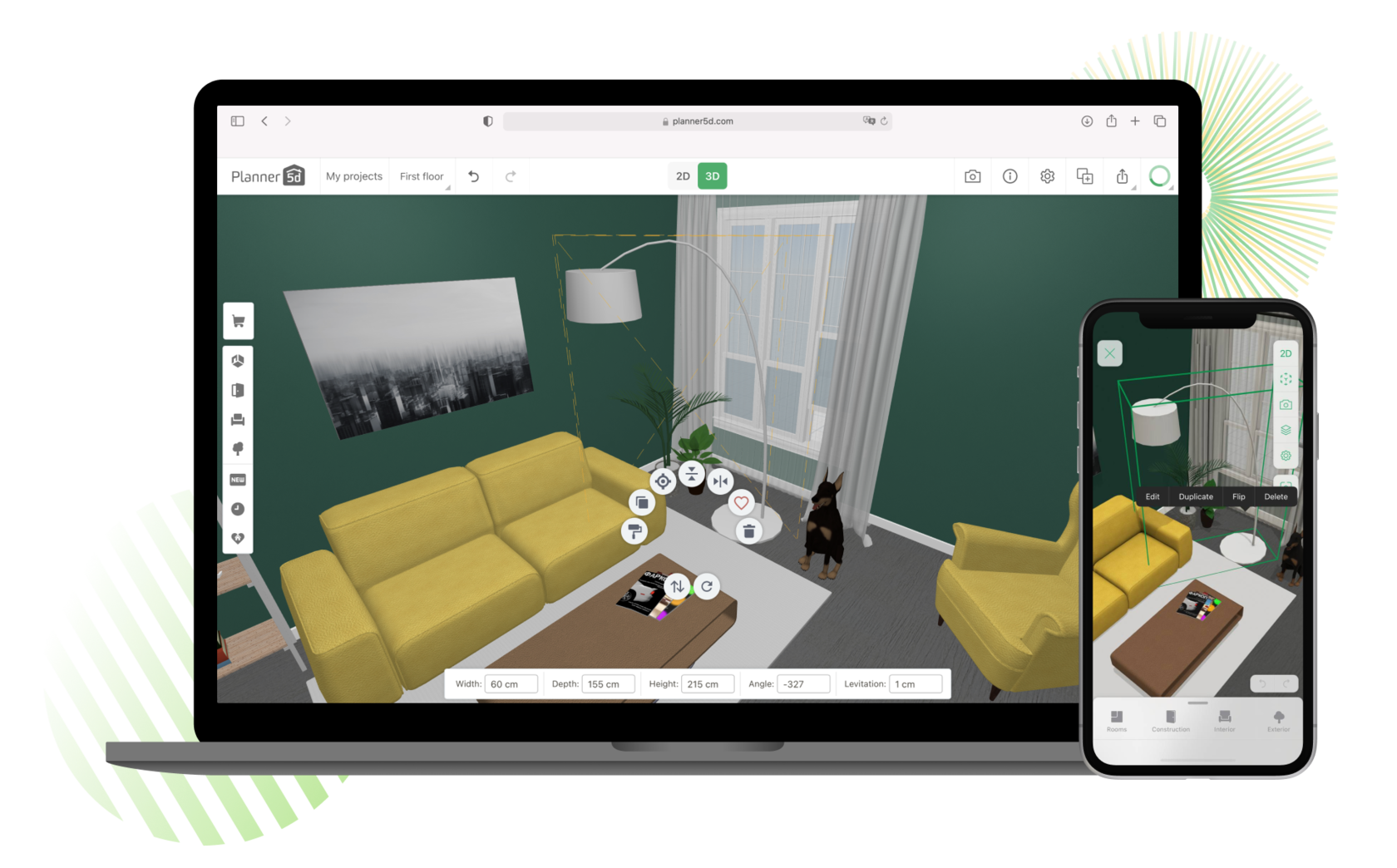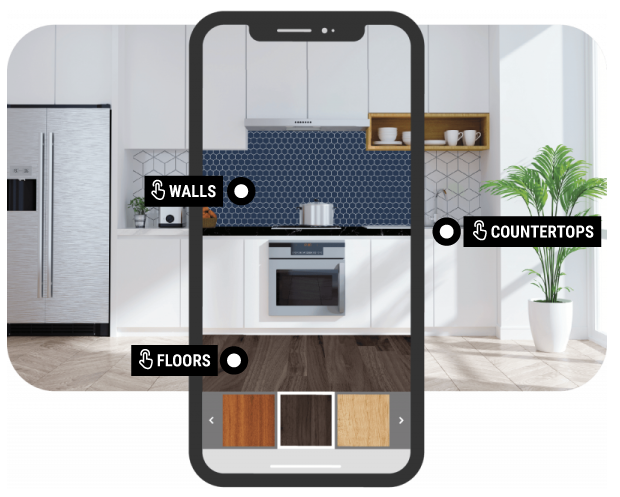Philips 3d Room Planner Treatment Room Visualization
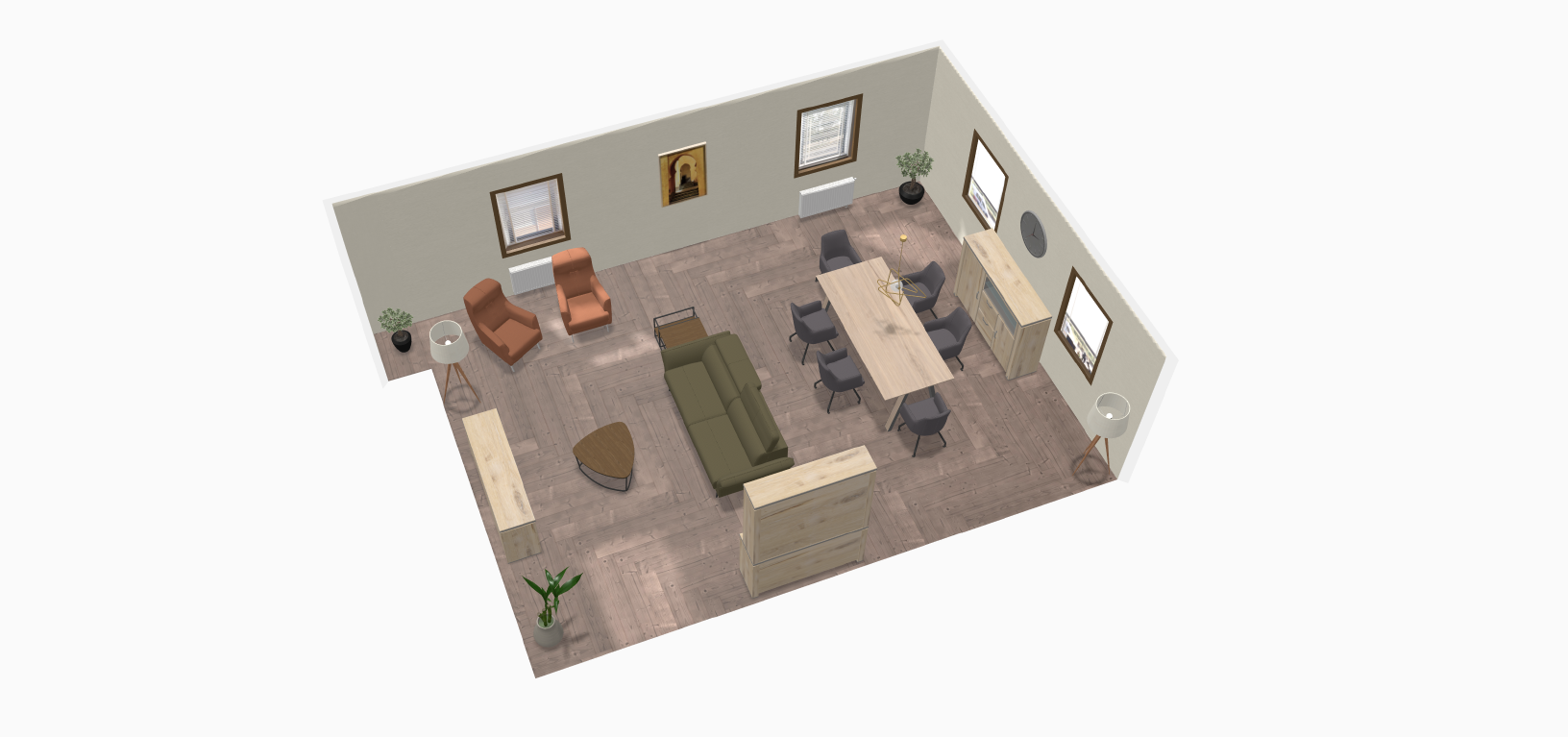
The sterile environment of a hospital treatment room, often a source of anxiety and uncertainty for patients, is undergoing a radical transformation. Philips, a global leader in health technology, is pioneering a solution that promises to ease patient apprehension and optimize workflow for medical staff.
At the heart of this innovation is the Philips 3D Room Planner Treatment Room Visualization, a software tool designed to create interactive, realistic 3D models of treatment rooms. This tool allows healthcare providers to design, visualize, and refine the layout of medical spaces, improving both the patient experience and operational efficiency.
Understanding the Philips 3D Room Planner
The 3D Room Planner is a sophisticated piece of software that enables users to create highly detailed, interactive 3D models of treatment rooms. These models can be customized with a range of equipment, furniture, and even architectural elements.
The software provides a virtual environment for stakeholders to collaborate on room designs, allowing for real-time adjustments and optimizations.
Key Features and Functionality
The tool boasts a wide array of features that contribute to its effectiveness. These include a comprehensive library of medical equipment models, the ability to simulate patient flow and staff movement, and integration with existing hospital information systems.
Users can easily manipulate the virtual environment, experimenting with different layouts and equipment configurations to find the optimal design.
Benefits for Patients
One of the most significant benefits of the 3D Room Planner is its ability to reduce patient anxiety. By providing a virtual tour of the treatment room before the actual procedure, patients can familiarize themselves with the environment and alleviate some of their fear of the unknown.
This pre-visualization can also improve communication between patients and medical staff, allowing for a better understanding of the treatment process.
According to a study presented at the Radiological Society of North America (RSNA) annual meeting, patients who were shown a virtual model of the MRI room reported a 20% reduction in anxiety levels compared to those who received a standard verbal explanation.
Benefits for Healthcare Providers
Beyond patient comfort, the 3D Room Planner offers a multitude of benefits for healthcare providers. The tool can optimize workflow by identifying potential bottlenecks and inefficiencies in the room layout.
By simulating different scenarios, providers can ensure that equipment is placed in the most convenient and accessible locations. This leads to improved efficiency and reduced risk of errors.
Philips claims that using the 3D Room Planner can reduce the time required for room design and setup by up to 30%.
Data and Evidence Supporting the Implementation
Several hospitals and clinics have already implemented the Philips 3D Room Planner with positive results. University Hospital Zurich, for example, utilized the software to design a new interventional radiology suite.
According to a case study published by Philips, the hospital reported significant improvements in workflow efficiency and a more positive patient experience following the implementation.
The Mount Sinai Hospital in New York is also using the 3D Room Planner to optimize the layout of its new cancer treatment center. Preliminary data suggests that the tool has helped to identify potential challenges early in the design process, saving both time and money.
Expert Opinions and Perspectives
Dr. Emily Carter, a leading radiologist at Massachusetts General Hospital, believes that the Philips 3D Room Planner has the potential to revolutionize the way treatment rooms are designed. "The ability to visualize and optimize the room layout in a virtual environment is invaluable," she states.
She further emphasized, "This tool allows us to create more efficient and patient-centered spaces, leading to improved outcomes and a better overall experience for everyone."
However, some experts have raised concerns about the cost and complexity of implementing the software. Dr. David Lee, a healthcare consultant, cautions that hospitals need to carefully assess their needs and resources before investing in the 3D Room Planner.
"While the tool offers significant benefits, it requires a significant investment of time and resources to implement effectively," says Dr. Lee.
The Future of Treatment Room Design
The Philips 3D Room Planner Treatment Room Visualization represents a significant step forward in the design of healthcare spaces. As technology continues to evolve, we can expect to see even more sophisticated tools that leverage virtual and augmented reality to improve patient care and optimize healthcare delivery.
The convergence of healthcare and technology promises a future where treatment rooms are not just functional spaces, but also therapeutic environments designed to promote healing and well-being.
Potential Future Developments
Looking ahead, Philips plans to integrate artificial intelligence (AI) into the 3D Room Planner. This will allow the software to automatically generate optimized room layouts based on specific clinical needs and patient demographics.
Another potential development is the integration of wearable sensors that track patient and staff movement in real-time. This data can then be used to further refine the room layout and optimize workflow.
"Our vision is to create a future where healthcare spaces are designed with the patient at the center," says Frans van Houten, CEO of Philips.
Addressing the Cost Barrier
One of the key challenges facing the widespread adoption of the 3D Room Planner is its cost. However, Philips is exploring different pricing models and subscription options to make the software more accessible to smaller hospitals and clinics.
The company is also working to develop training programs and educational resources to help healthcare providers effectively utilize the tool.
Ultimately, the success of the Philips 3D Room Planner will depend on its ability to demonstrate a clear return on investment. As more hospitals and clinics adopt the software and share their experiences, the evidence for its effectiveness will continue to grow.
The potential to improve patient outcomes, reduce costs, and optimize workflow makes the 3D Room Planner a compelling tool for any healthcare organization looking to enhance its treatment room design.
